Dover Castle on:
[Wikipedia]
[Google]
[Amazon]
Dover Castle is a medieval castle in Dover,
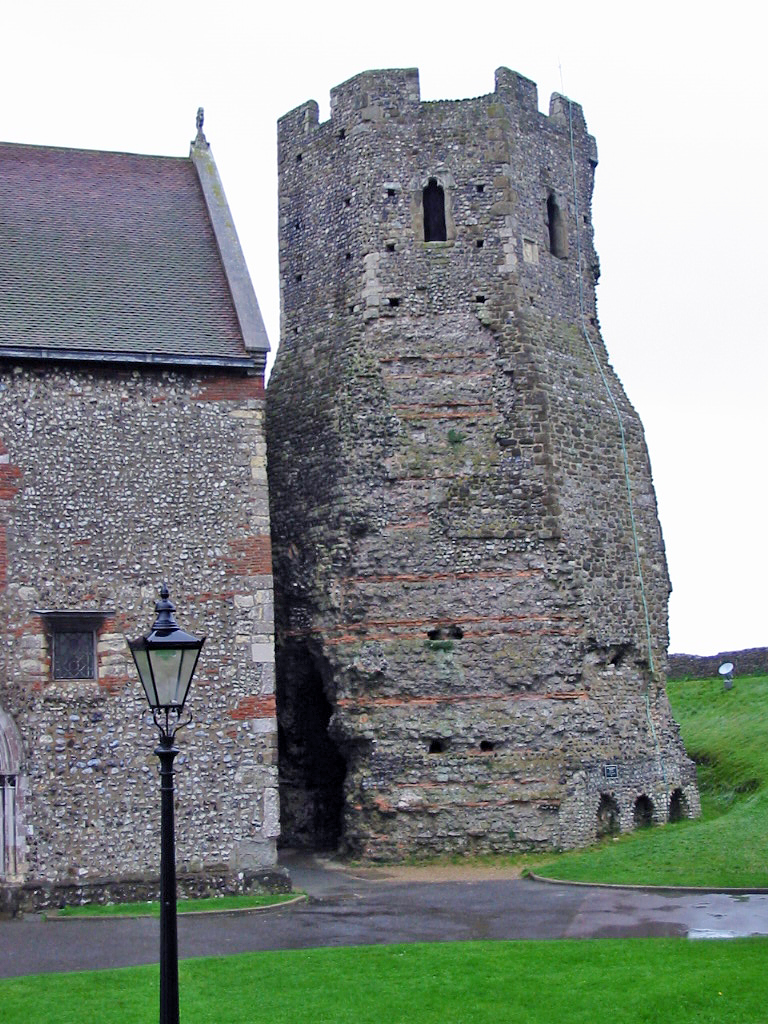 The site also contains one of Dover's two Roman lighthouses (or pharoses), one of only three surviving Roman-era lighthouses in the world, and the tallest and most complete standing Roman structure in England. It is also claimed to be Britain's oldest standing building. Built in the early 2nd century, the 5-level 8-sided tower was made of layers of
The site also contains one of Dover's two Roman lighthouses (or pharoses), one of only three surviving Roman-era lighthouses in the world, and the tallest and most complete standing Roman structure in England. It is also claimed to be Britain's oldest standing building. Built in the early 2nd century, the 5-level 8-sided tower was made of layers of 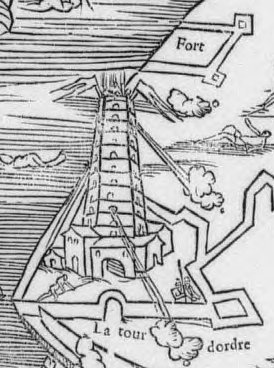 The Roman lighthouse at
The Roman lighthouse at
 After the Battle of Hastings in October 1066,
After the Battle of Hastings in October 1066,

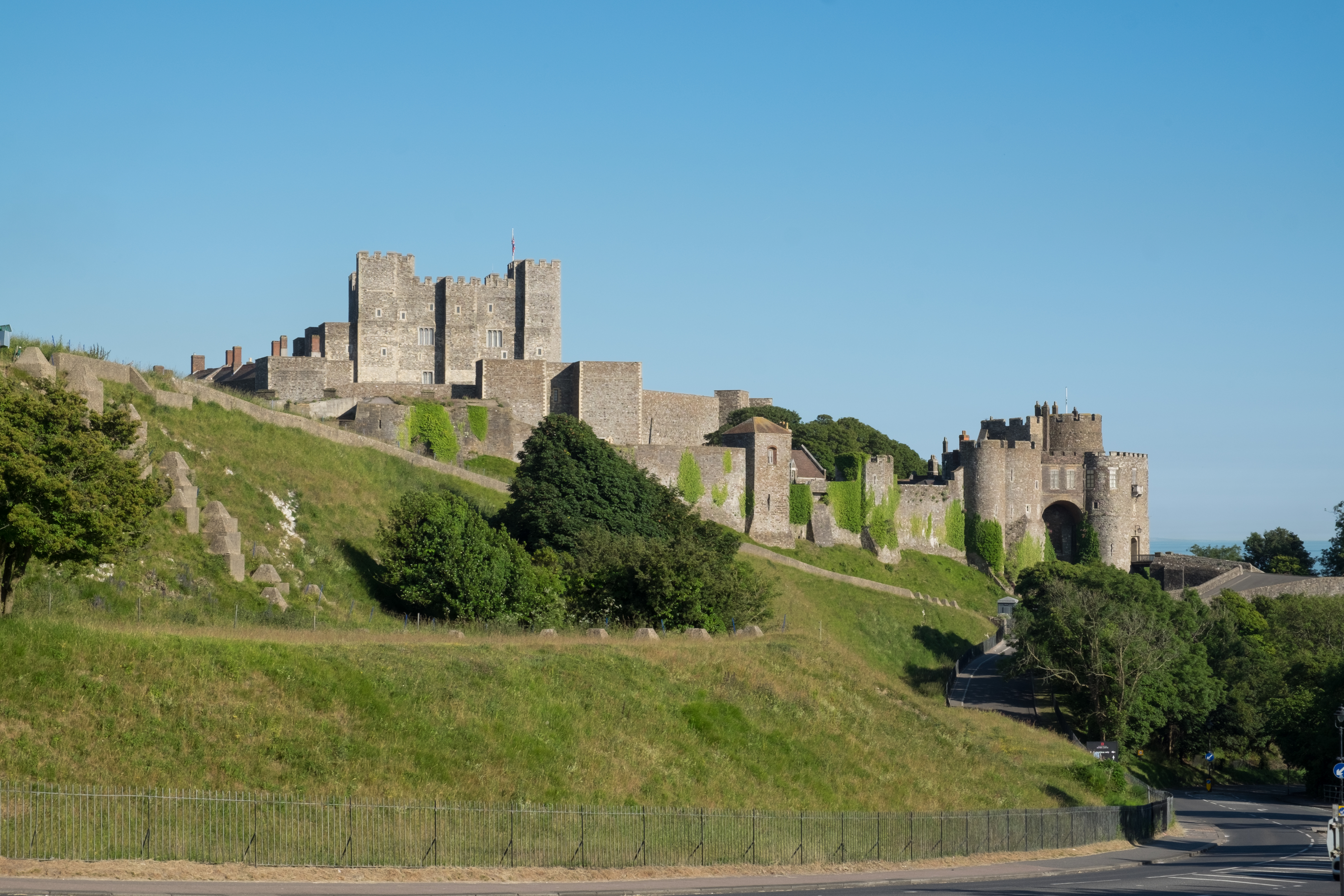
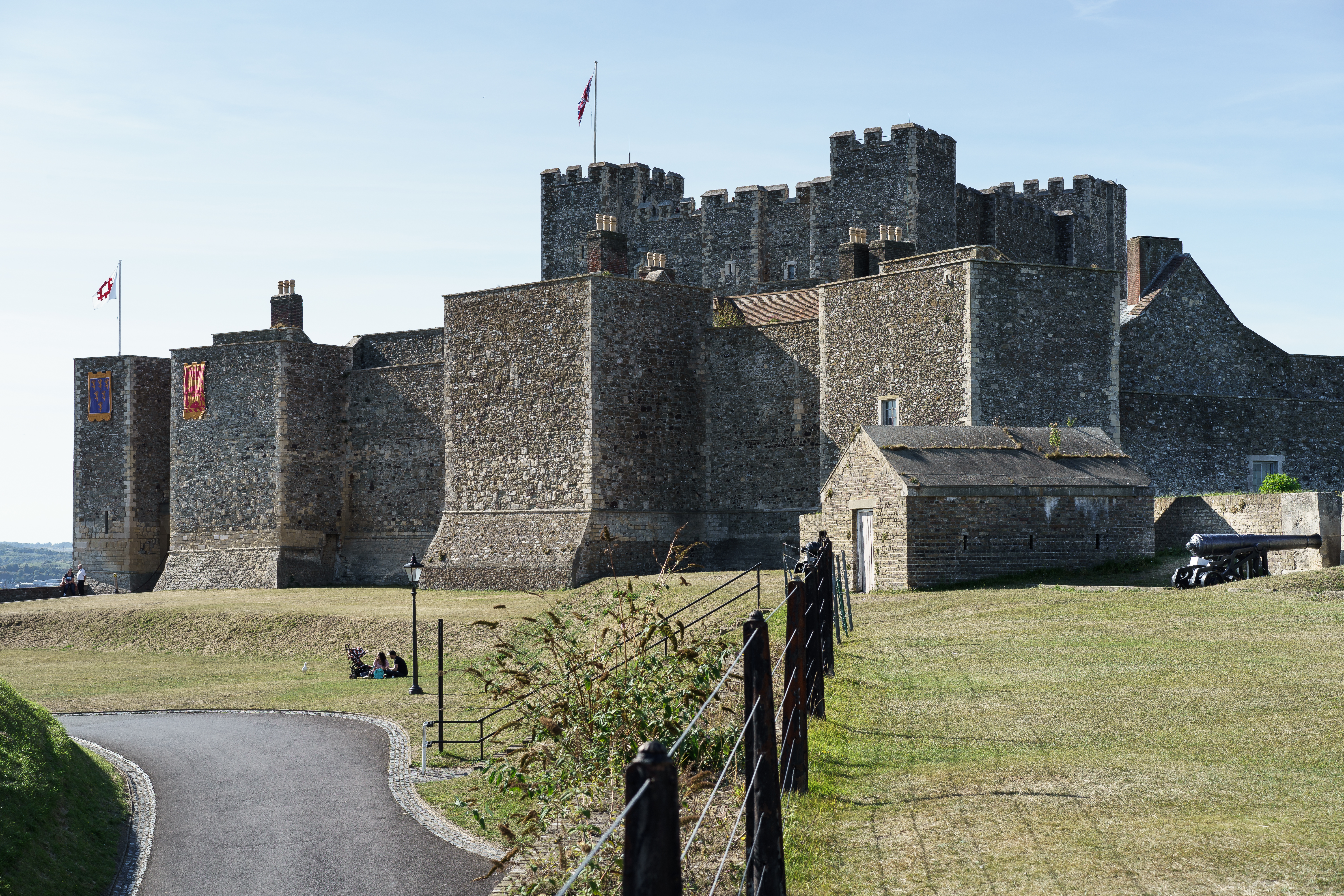 It was during the reign of Henry II that the castle began to take recognisable shape. The inner and outer baileys and the great keep belong to this time. Maurice the Engineer was responsible for building the keep. From 1179 to 1188, the King spent over £6,500 on the castle, an enormous sum, considering that his annual revenue was likely around £10,000.
In 1216, during the
It was during the reign of Henry II that the castle began to take recognisable shape. The inner and outer baileys and the great keep belong to this time. Maurice the Engineer was responsible for building the keep. From 1179 to 1188, the King spent over £6,500 on the castle, an enormous sum, considering that his annual revenue was likely around £10,000.
In 1216, during the
 Massive rebuilding took place at the end of the 18th century during the
Massive rebuilding took place at the end of the 18th century during the
 The outbreak of the
The outbreak of the
 Between 2007 and 2009, English Heritage spent £2.45 million on recreating the castle's interior. According to figures released by the Association of Leading Visitor Attractions, 368,243 people visited Dover Castle in 2019. The Queen's &
Between 2007 and 2009, English Heritage spent £2.45 million on recreating the castle's interior. According to figures released by the Association of Leading Visitor Attractions, 368,243 people visited Dover Castle in 2019. The Queen's &
 There are two sacred places within the grounds of the castle:
* Royal chapel - Located within the keep, dedicated to St Thomas Becket.
* St Mary in Castro - A Saxon church, rebuilt in the Victorian era.
There are two sacred places within the grounds of the castle:
* Royal chapel - Located within the keep, dedicated to St Thomas Becket.
* St Mary in Castro - A Saxon church, rebuilt in the Victorian era.
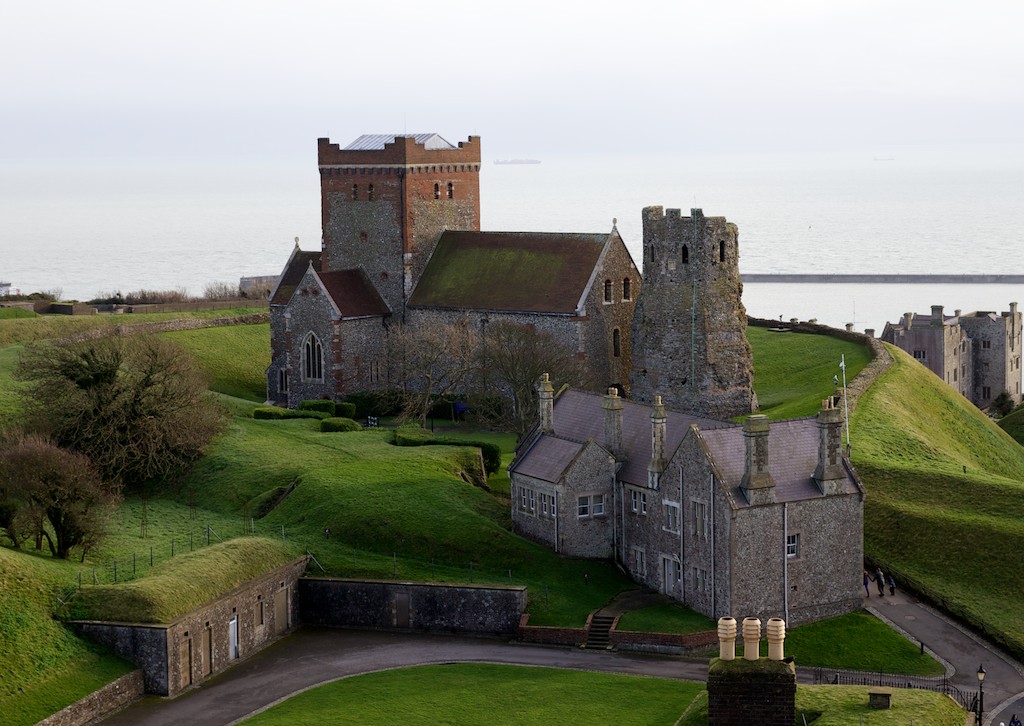 The castle has been used by productions in TV series such as the '' Doctor Who'' episode '' The Mind of Evil'', ''
The castle has been used by productions in TV series such as the '' Doctor Who'' episode '' The Mind of Evil'', ''
Dover Castle page
at the
Friends of Dover Castle
A series of aerial photos of Dover Castle
Images of World War II tunnels
Dover Castle images from English Heritage
{{Authority control Tourist attractions in Kent Castles in Kent Scheduled monuments in Kent Forts in Dover, Kent English Heritage sites in Kent Invasions of England Napoleon's planned invasion of the United Kingdom Norman conquest of England Military history of Dover, Kent Napoleonic war forts in England Grade I listed buildings in Kent Grade I listed castles Anthony Salvin buildings History museums in Kent Military and war museums in England World War II museums in the United Kingdom Princess of Wales's Royal Regiment
Kent
Kent is a county in South East England and one of the home counties. It borders Greater London to the north-west, Surrey to the west and East Sussex to the south-west, and Essex to the north across the estuary of the River Thames; it faces ...
, England and is Grade I listed. It was founded in the 11th century and has been described as the "Key to England" due to its defensive significance throughout history. Some sources say it is the largest castle in England, a title also claimed by Windsor Castle
Windsor Castle is a royal residence at Windsor in the English county of Berkshire. It is strongly associated with the English and succeeding British royal family, and embodies almost a millennium of architectural history.
The original c ...
.
History
Iron age
This site may have been fortified with earthworks in the Iron Age or earlier, before the Romans invaded in AD 43. This is suggested on the basis of the unusual pattern of the earthworks which does not seem to be a perfect fit for the medieval castle. Excavations have provided evidence of Iron Age occupation within the locality of the castle, but it is not certain whether this is associated with the hillfort.Roman era
 The site also contains one of Dover's two Roman lighthouses (or pharoses), one of only three surviving Roman-era lighthouses in the world, and the tallest and most complete standing Roman structure in England. It is also claimed to be Britain's oldest standing building. Built in the early 2nd century, the 5-level 8-sided tower was made of layers of
The site also contains one of Dover's two Roman lighthouses (or pharoses), one of only three surviving Roman-era lighthouses in the world, and the tallest and most complete standing Roman structure in England. It is also claimed to be Britain's oldest standing building. Built in the early 2nd century, the 5-level 8-sided tower was made of layers of tufa
Tufa is a variety of limestone formed when carbonate minerals precipitate out of water in unheated rivers or lakes. Geothermally heated hot springs sometimes produce similar (but less porous) carbonate deposits, which are known as travertin ...
, Kentish ragstone, and red bricks. The castle lighthouse survived after being converted into a belfry in the Saxon era (c. 1000), having a new upper layer added (c. 1430), and was partially renovated in 1913–1915. The scant remains of the other Roman lighthouse, known as the Bredenstone or the Devil's Drop of Mortar, are located on the opposing Western Heights, across the town of Dover.
 The Roman lighthouse at
The Roman lighthouse at Boulogne-sur-Mer
Boulogne-sur-Mer (; pcd, Boulonne-su-Mér; nl, Bonen; la, Gesoriacum or ''Bononia''), often called just Boulogne (, ), is a coastal city in Northern France. It is a sub-prefecture of the department of Pas-de-Calais. Boulogne lies on the C ...
across the Channel survived for many centuries, and its light should have been visible from Dover. It was built circa AD 39 by order of the Emperor Caligula, possibly in preparation for an invasion of Britain. Suetonius refers to Caligula's "erection of a tall lighthouse, not unlike the one at Pharos, in which fires were to be kept going all night as a guide to ships". Known as the Tour d'Ordre, coastal erosion
Coastal erosion is the loss or displacement of land, or the long-term removal of sediment and rocks along the coastline due to the action of waves, currents, tides, wind-driven water, waterborne ice, or other impacts of storms. The landwa ...
led to it toppling into the sea in 1644. Engravings of its height may show how the Dover Roman lighthouse once looked.
Saxon and early Norman
William the Conqueror
William I; ang, WillelmI (Bates ''William the Conqueror'' p. 33– 9 September 1087), usually known as William the Conqueror and sometimes William the Bastard, was the first House of Normandy, Norman List of English monarchs#House of Norman ...
and his forces marched to Westminster Abbey
Westminster Abbey, formally titled the Collegiate Church of Saint Peter at Westminster, is an historic, mainly Gothic church in the City of Westminster, London, England, just to the west of the Palace of Westminster. It is one of the Unite ...
for his coronation. They took a roundabout route via Romney, Dover and Canterbury. From the Cinque Ports foundation in 1050, Dover has always been a chief member—it may also have been this that first attracted William's attention, and got Kent the motto of Invicta. In the words of William of Poitiers
William of Poitiers ( 10201090) (LA: Guillelmus Pictaviensis; FR: Guillaume de Poitiers) was a Frankish priest of Norman origin and chaplain of Duke William of Normandy (William the Conqueror), for whom he chronicled the Norman Conquest of Eng ...
:
In 1088, eight knights were appointed under tenures to guard Dover Castle, their names were: William d'Albrincis; Fulberl (or Fulbert) de Dover; William d'Arsic; Geoffrey Peverell; William Maminot; Robert du Port; Hugh Crevecoeur; and Adam Fitzwilliam.
Henry II to early modern times


 It was during the reign of Henry II that the castle began to take recognisable shape. The inner and outer baileys and the great keep belong to this time. Maurice the Engineer was responsible for building the keep. From 1179 to 1188, the King spent over £6,500 on the castle, an enormous sum, considering that his annual revenue was likely around £10,000.
In 1216, during the
It was during the reign of Henry II that the castle began to take recognisable shape. The inner and outer baileys and the great keep belong to this time. Maurice the Engineer was responsible for building the keep. From 1179 to 1188, the King spent over £6,500 on the castle, an enormous sum, considering that his annual revenue was likely around £10,000.
In 1216, during the First Barons' War
The First Barons' War (1215–1217) was a civil war in the Kingdom of England in which a group of rebellious major landowners (commonly referred to as barons) led by Robert Fitzwalter waged war against King John of England. The conflict resulte ...
, a group of rebel barons invited the future Louis VIII of France
Louis VIII (5 September 1187 – 8 November 1226), nicknamed The Lion (french: Le Lion), was King of France from 1223 to 1226. As prince, he invaded England on 21 May 1216 and was excommunicated by a papal legate on 29 May 1216. On 2 June 1216 ...
to come and take the English crown. He had some success breaching the walls, but was ultimately unable to take the castle. The vulnerable north gate that had been breached in the siege was converted into an underground forward-defence complex (including St John's Tower), and new gates built into the outer curtain wall on the western (Fitzwilliam's Gate) and eastern (Constable's Gate) sides. During the siege, the English defenders tunnelled outwards and attacked the French.
During the time of Stephen de Pencester, a windmill
A windmill is a structure that converts wind power into rotational energy using vanes called sails or blades, specifically to mill grain (gristmills), but the term is also extended to windpumps, wind turbines, and other applications, in some ...
was erected on Tower 22, which was later known as the Mill Tower. By the Tudor age, the defences themselves had been superseded by gunpowder. They were improved by Henry VIII, who made a personal visit, and added to it with the Moat Bulwark.
During the English Civil War
The English Civil War (1642–1651) was a series of civil wars and political machinations between Parliamentarians (" Roundheads") and Royalists led by Charles I ("Cavaliers"), mainly over the manner of England's governance and issues of re ...
, it was held for the king but then taken by supporters of the Parliamentarians in 1642 without a shot being fired. Knowing the castle was lightly guarded, a local merchant Richard Dawkes accompanied by 10 men scaled the cliffs and attacked the porter's lodge, obtaining the keys and entering the castle before the garrison was summoned.
Dover Castle was a crucial observation point for the cross-channel sightings of the Anglo-French Survey, which used trigonometric
Trigonometry () is a branch of mathematics that studies relationships between side lengths and angles of triangles. The field emerged in the Hellenistic world during the 3rd century BC from applications of geometry to astronomical studies. ...
calculations to link the Royal Greenwich Observatory with the Paris Observatory. This work was overseen by General William Roy.
19th century
 Massive rebuilding took place at the end of the 18th century during the
Massive rebuilding took place at the end of the 18th century during the Napoleonic Wars
The Napoleonic Wars (1803–1815) were a series of major global conflicts pitting the French Empire and its allies, led by Napoleon I, against a fluctuating array of European states formed into various coalitions. It produced a period of Fren ...
. William Twiss
General William Twiss, (1745 – 14 March 1827), was a British Army Royal Engineer, responsible for the design of many military defences.
Probably born in Kent in 1744 or 1745, Twiss worked in the ordnance office at the Tower of London from ...
, the Commanding Engineer of the Southern District, as part of his brief to improve the town's defences, completed the remodelling of the outer defences of Dover Castle by adding the huge Horseshoe, Hudson's, East Arrow and East Demi-Bastions to provide extra gun positions on the eastern side, and constructing the Constable's Bastion for additional protection on the west. Twiss further strengthened the Spur at the northern end of the castle, adding a redan
Redan (a French word for "projection", "salient") is a feature of fortifications. It is a work in a V-shaped salient angle towards an expected attack. It can be made from earthworks or other material.
The redan developed from the lunette, o ...
, or raised the gun platform. By taking the roof off the keep and replacing it with massive brick vaults, he was able to mount heavy artillery on the top. Twiss also constructed Canon's Gateway to link the defences of the castle with those of the town.
With Dover becoming a garrison town, there was a need for barracks and storerooms for the additional troops and their equipment. The solution adopted by Twiss and the Royal Engineers was to create a complex of barracks tunnels about 15 metres below the cliff-top, and the first troops were accommodated in 1803. The windmill on the Mill Tower was demolished during the Anglo-American War of the orders of the Ordnance Board
The Board of Ordnance was a British government body. Established in the Tudor period, it had its headquarters in the Tower of London. Its primary responsibilities were 'to act as custodian of the lands, depots and forts required for the defence o ...
. It was said that the sale of materials from the demolished mill did not cover the cost of the demolition. At the end of the Napoleonic Wars, the tunnels were partly converted and used by the Coast Blockade Service to combat smuggling. This was a short-term endeavour, though, and in 1827 the headquarters were moved closer to shore. The tunnels then remained abandoned for more than a century.
Between 1856 and 1858, Anthony Salvin
Anthony Salvin (17 October 1799 – 17 December 1881) was an English architect. He gained a reputation as an expert on medieval buildings and applied this expertise to his new buildings and his restorations. He restored castles and country h ...
constructed a new officer's barracks to the south of the castle. Salvin was responsible for the exterior, which he designed in a Tudor Revival
Tudor Revival architecture (also known as mock Tudor in the UK) first manifested itself in domestic architecture in the United Kingdom in the latter half of the 19th century. Based on revival of aspects that were perceived as Tudor architecture ...
style, while the castle's Clerk of the Works, G. Arnold, was responsible for the interior.
Second World War
 The outbreak of the
The outbreak of the Second World War
World War II or the Second World War, often abbreviated as WWII or WW2, was a world war that lasted from 1939 to 1945. It involved the vast majority of the world's countries—including all of the great powers—forming two opposi ...
in 1939 saw the tunnels converted first into an air-raid shelter and then later into a military command centre and underground hospital. In May 1940, Admiral Sir Bertram Ramsay directed the evacuation of French and British soldiers from Dunkirk, code-named Operation Dynamo, from his headquarters in the cliff tunnels. A military telephone exchange was installed in 1941 and served the underground headquarters. The switchboards were constantly in use and had to have a new tunnel created alongside it to house the batteries and chargers necessary to keep them functioning. A statue of Admiral Sir Bertram Ramsay stands outside the tunnels in honour of his work on the Dunkirk evacuation and protecting Dover during the Second World War.
Post-war
After the war the tunnels were to be used as a shelter for the Regional Seats of Government in the event of a nuclear attack. This plan was abandoned for various reasons, including the realisation that thechalk
Chalk is a soft, white, porous, sedimentary carbonate rock. It is a form of limestone composed of the mineral calcite and originally formed deep under the sea by the compression of microscopic plankton that had settled to the sea floor. Ch ...
of the cliffs would not provide significant protection from radiation, and because of the inconvenient form of the tunnels and their generally poor condition. Tunnel levels are denoted as A - Annexe, B - Bastion, C - Casemate, D - Dumpy and E - Esplanade. Annexe and Casemate levels are open to the public, Bastion is 'lost', but investigations continue to locate it and gain access. Dumpy (converted from Second World War use, to serve as a Regional Seat of Government in the event of an atomic war) is closed, together with its esplanade (last used as an air raid shelter in the Second World War).
Princess of Wales's Royal Regiment
The Princess of Wales's Royal Regiment (or PWRR, also known as 'The Tigers') is the senior English line infantry regiment of the British Army, second in the line infantry order of precedence to the Royal Regiment of Scotland and part of the Q ...
Regimental Museum is located in the castle.
Dover Castle remains a Scheduled Monument
In the United Kingdom, a scheduled monument is a nationally important archaeological site or historic building, given protection against unauthorised change.
The various pieces of legislation that legally protect heritage assets from damage and d ...
, which means it is a "nationally important" historic building and archaeological site
An archaeological site is a place (or group of physical sites) in which evidence of past activity is preserved (either prehistoric or historic or contemporary), and which has been, or may be, investigated using the discipline of archaeology a ...
that has been given protection against unauthorised change. It is also a Grade I listed building
In the United Kingdom, a listed building or listed structure is one that has been placed on one of the four statutory lists maintained by Historic England in England, Historic Environment Scotland in Scotland, in Wales, and the Northern Irel ...
, and recognised as an internationally important structure. The Lord Warden of the Cinque Ports is officially head of the castle, in his conjoint position of Constable of Dover Castle, and the Deputy Constable has his residence in Constable's Gate.
In October 2021, the castle was one of 142 sites across England to receive part of a £35 million grant from the government's Culture Recovery Fund
The Culture Recovery Fund is a grants programme issued by the UK Government as a response to the COVID-19 pandemic. The fund aims to financially support cultural organisations in England (such as theatres, museums, and music venues) which had bec ...
.
Churches and chapels
 There are two sacred places within the grounds of the castle:
* Royal chapel - Located within the keep, dedicated to St Thomas Becket.
* St Mary in Castro - A Saxon church, rebuilt in the Victorian era.
There are two sacred places within the grounds of the castle:
* Royal chapel - Located within the keep, dedicated to St Thomas Becket.
* St Mary in Castro - A Saxon church, rebuilt in the Victorian era.
Filming location
 The castle has been used by productions in TV series such as the '' Doctor Who'' episode '' The Mind of Evil'', ''
The castle has been used by productions in TV series such as the '' Doctor Who'' episode '' The Mind of Evil'', ''Wolf Hall
''Wolf Hall'' is a 2009 historical novel by English author Hilary Mantel, published by Fourth Estate, named after the Seymour family's seat of Wolfhall, or Wulfhall, in Wiltshire. Set in the period from 1500 to 1535, ''Wolf Hall'' is a symp ...
'', '' The Hollow Crown'' and '' The Amazing Race 31''. The medieval setting has also been used in theatrical releases such as '' Lady Jane'' (1986), ''Hamlet
''The Tragedy of Hamlet, Prince of Denmark'', often shortened to ''Hamlet'' (), is a tragedy written by William Shakespeare sometime between 1599 and 1601. It is Shakespeare's longest play, with 29,551 words. Set in Denmark, the play depicts ...
'' (1990), ''To Kill a King
''To Kill a King'' is a 2003 English Civil War film directed by Mike Barker, and starring Tim Roth, Rupert Everett and Dougray Scott. It centres on the relationship between Oliver Cromwell and Thomas Fairfax in the post-war period from 1648 unt ...
'' (2003), '' The Other Boleyn Girl'' (2007) '' Into the Woods'' (2014) and '' Avengers: Age of Ultron'' (2015).
See also
* Castles in Great Britain and Ireland * Dover Castle Clock * Eastbourne Redoubt *Governor of Dover Castle
The Lord Warden of the Cinque Ports is a ceremonial official in the United Kingdom. The post dates from at least the 12th century, when the title was Keeper of the Coast, but may be older. The Lord Warden was originally in charge of the Cinq ...
*List of castles in England
This list of castles in England is not a list of every building and site that has "castle" as part of its name, nor does it list only buildings that conform to a strict definition of a castle as a medieval fortified residence. It is not a li ...
*Pevensey Castle
Pevensey Castle is a medieval castle and former Roman Saxon Shore fort at Pevensey in the English county of East Sussex. The site is a scheduled monument in the care of English Heritage and is open to visitors. Built around 290 AD and known to ...
Notes
Further reading
* *External links
Dover Castle page
at the
English Heritage
English Heritage (officially the English Heritage Trust) is a charity that manages over 400 historic monuments, buildings and places. These include prehistoric sites, medieval castles, Roman forts and country houses.
The charity states that i ...
website.
Friends of Dover Castle
Images
A series of aerial photos of Dover Castle
Images of World War II tunnels
Dover Castle images from English Heritage
{{Authority control Tourist attractions in Kent Castles in Kent Scheduled monuments in Kent Forts in Dover, Kent English Heritage sites in Kent Invasions of England Napoleon's planned invasion of the United Kingdom Norman conquest of England Military history of Dover, Kent Napoleonic war forts in England Grade I listed buildings in Kent Grade I listed castles Anthony Salvin buildings History museums in Kent Military and war museums in England World War II museums in the United Kingdom Princess of Wales's Royal Regiment